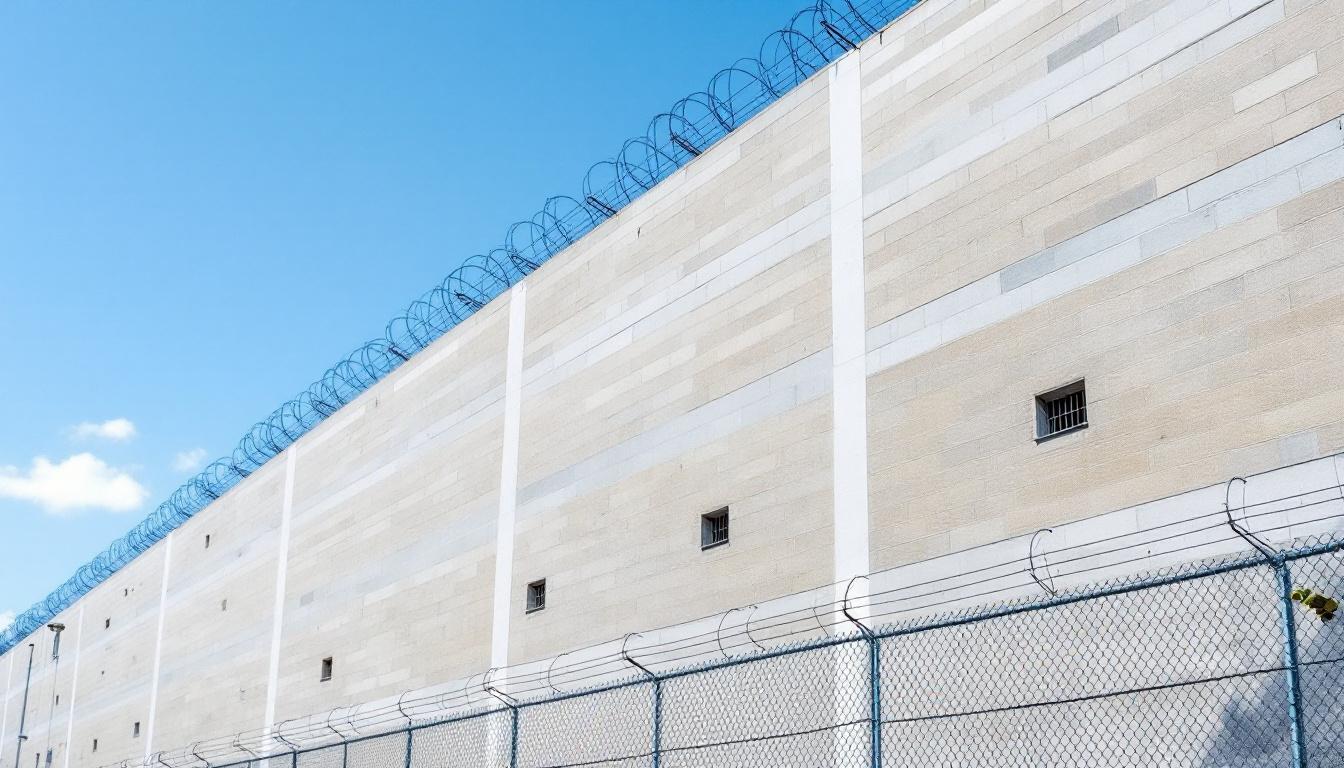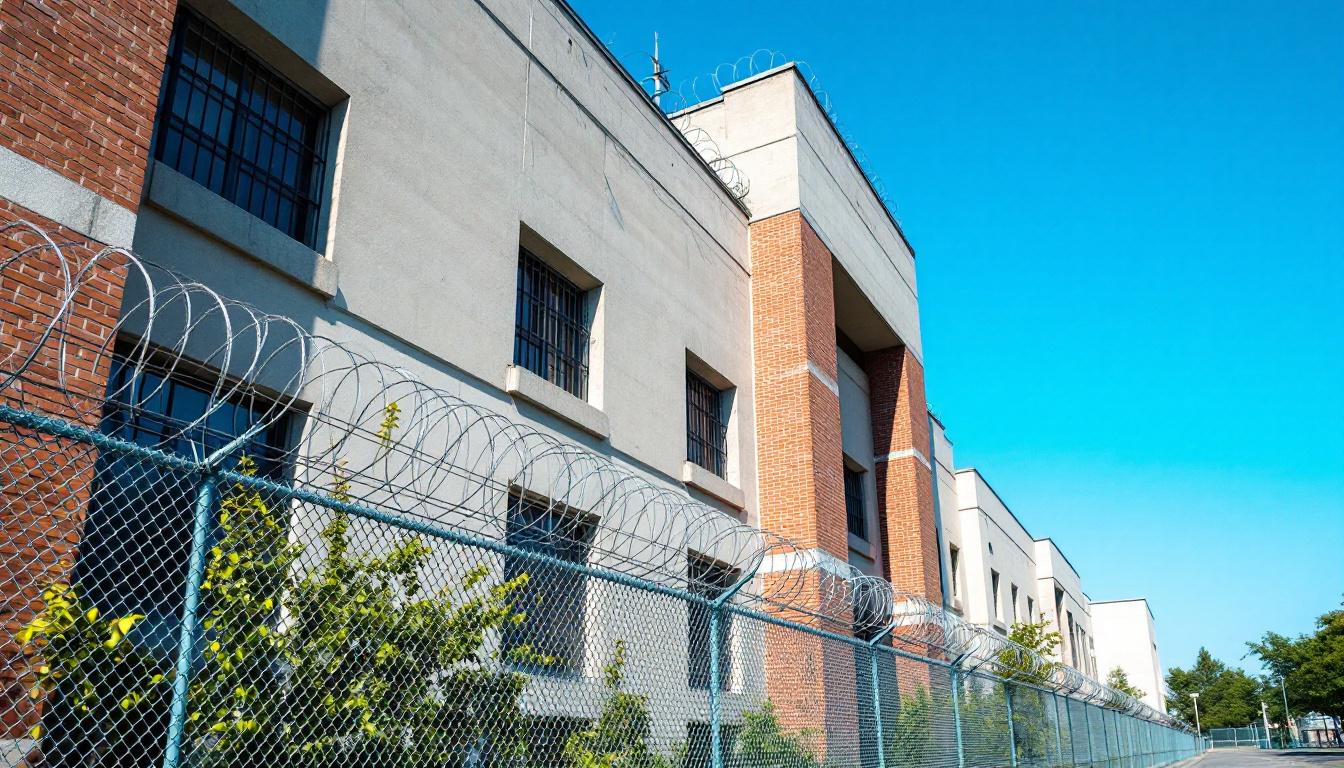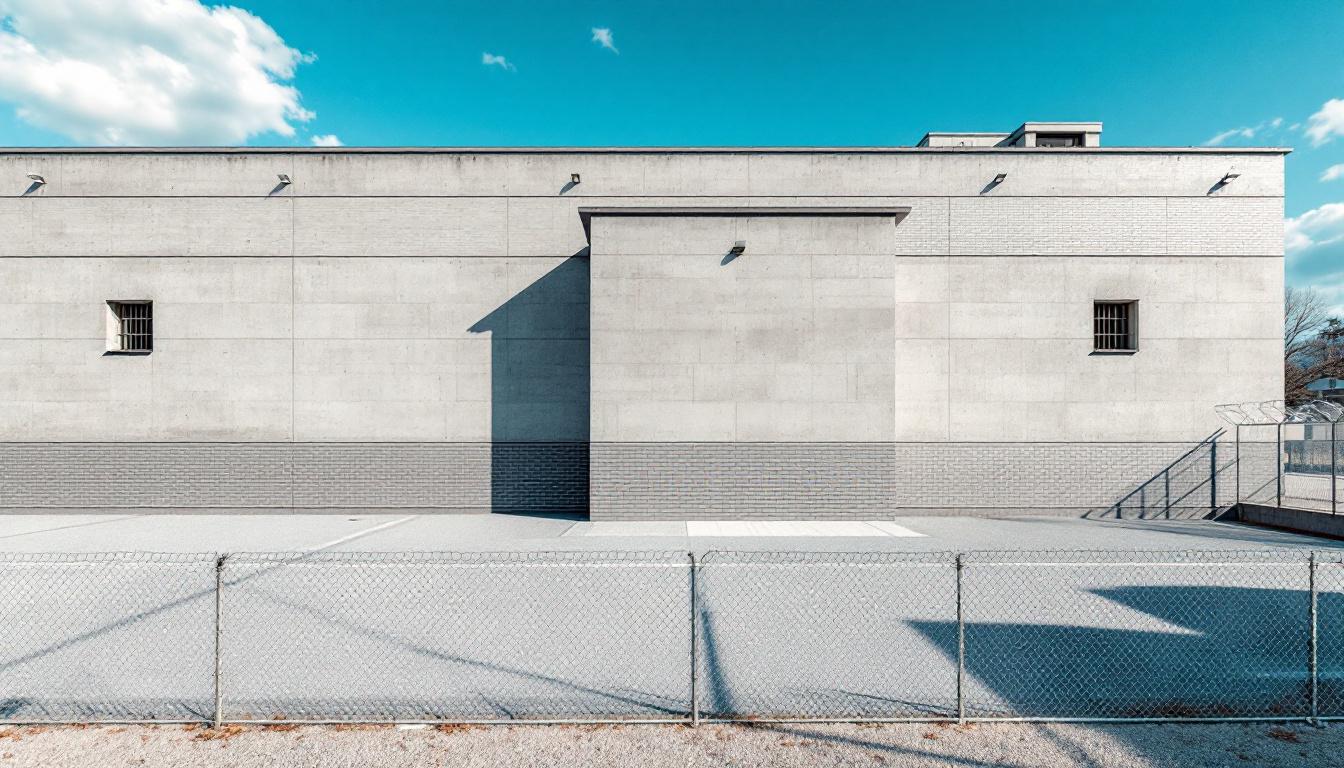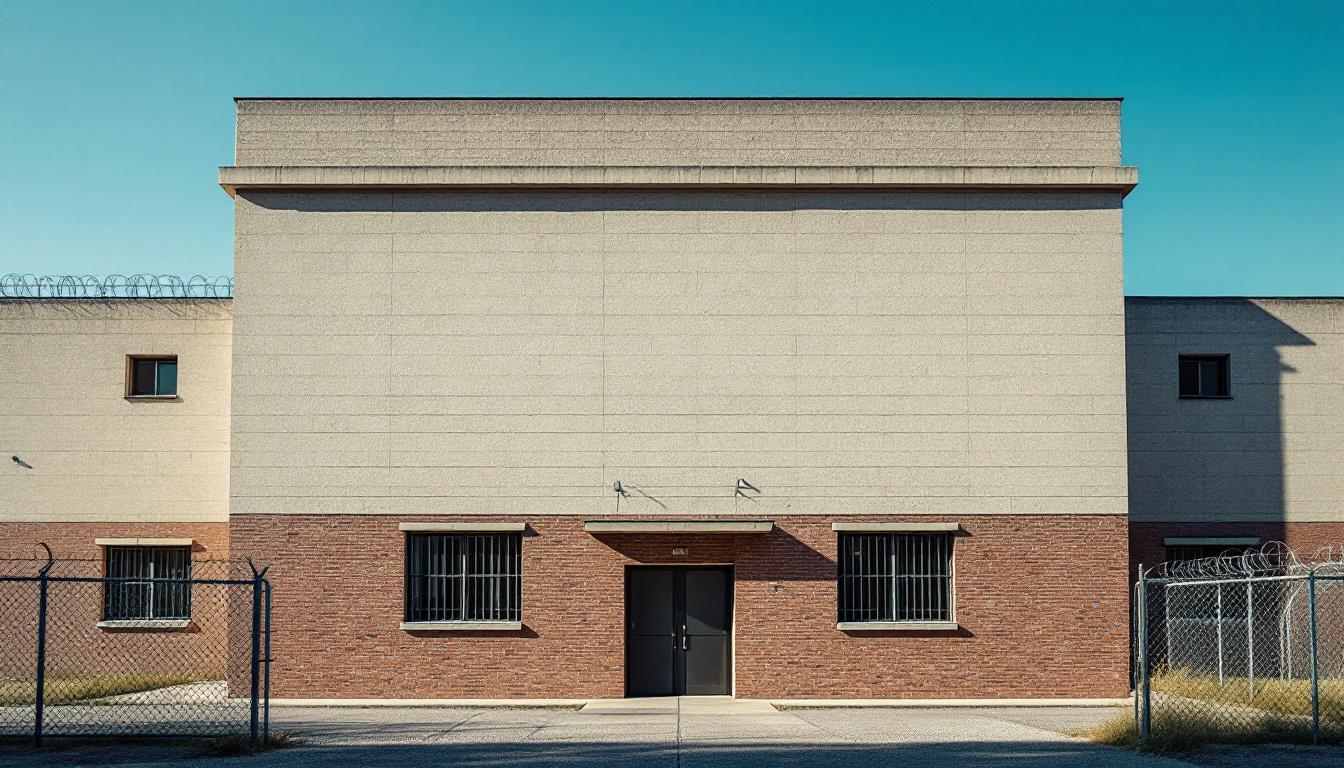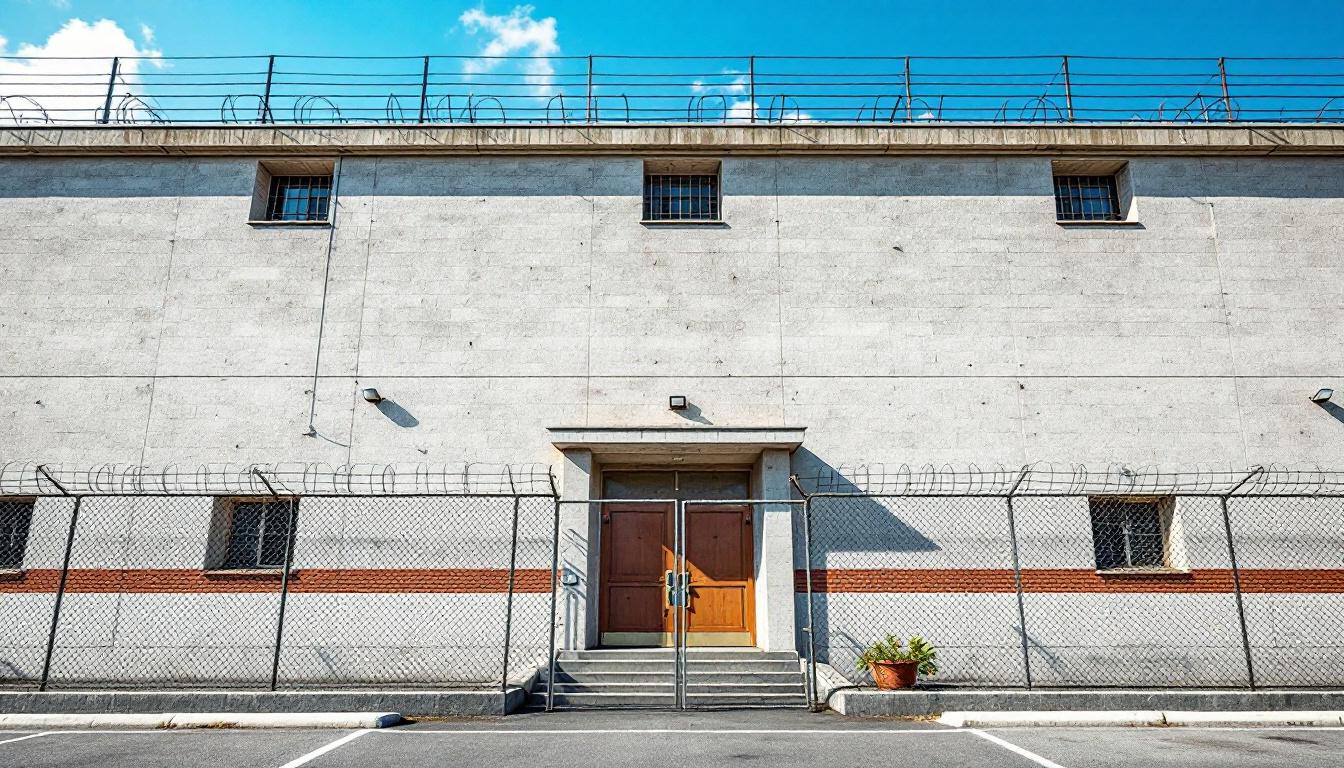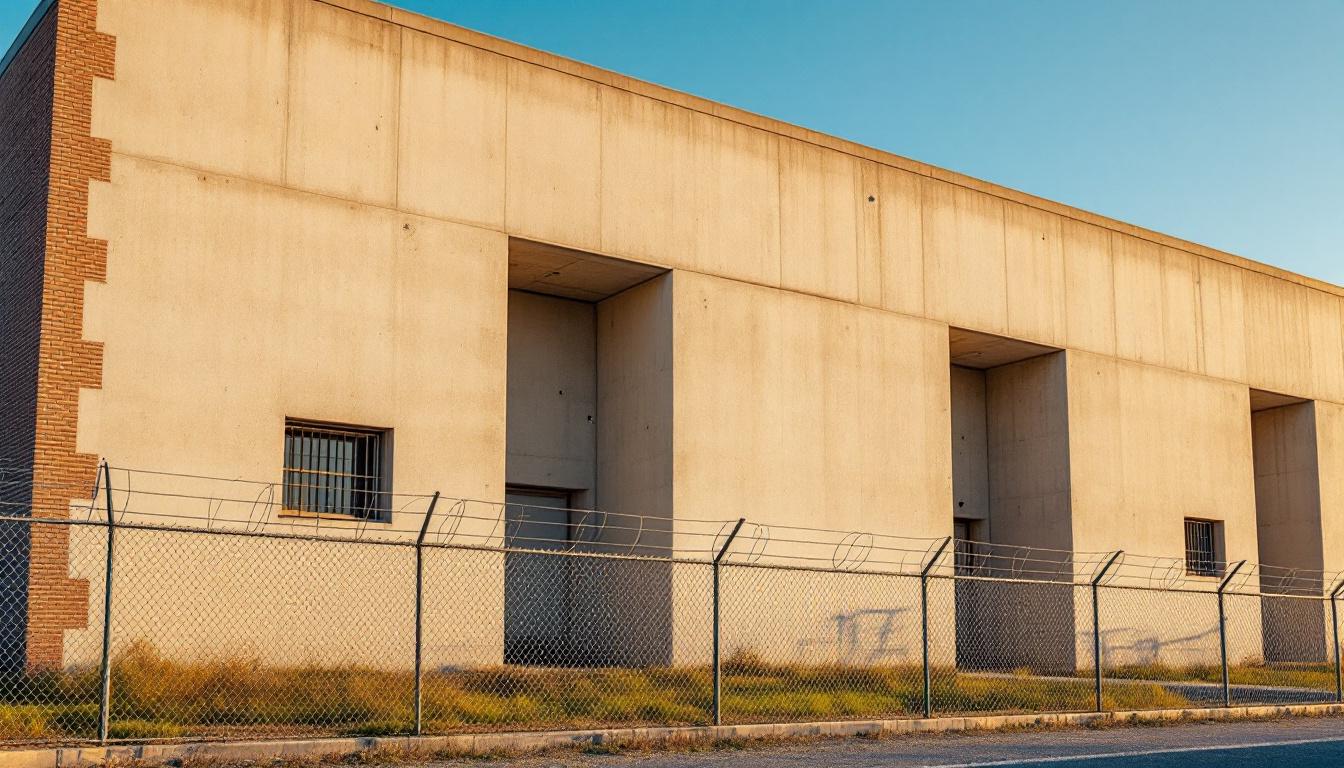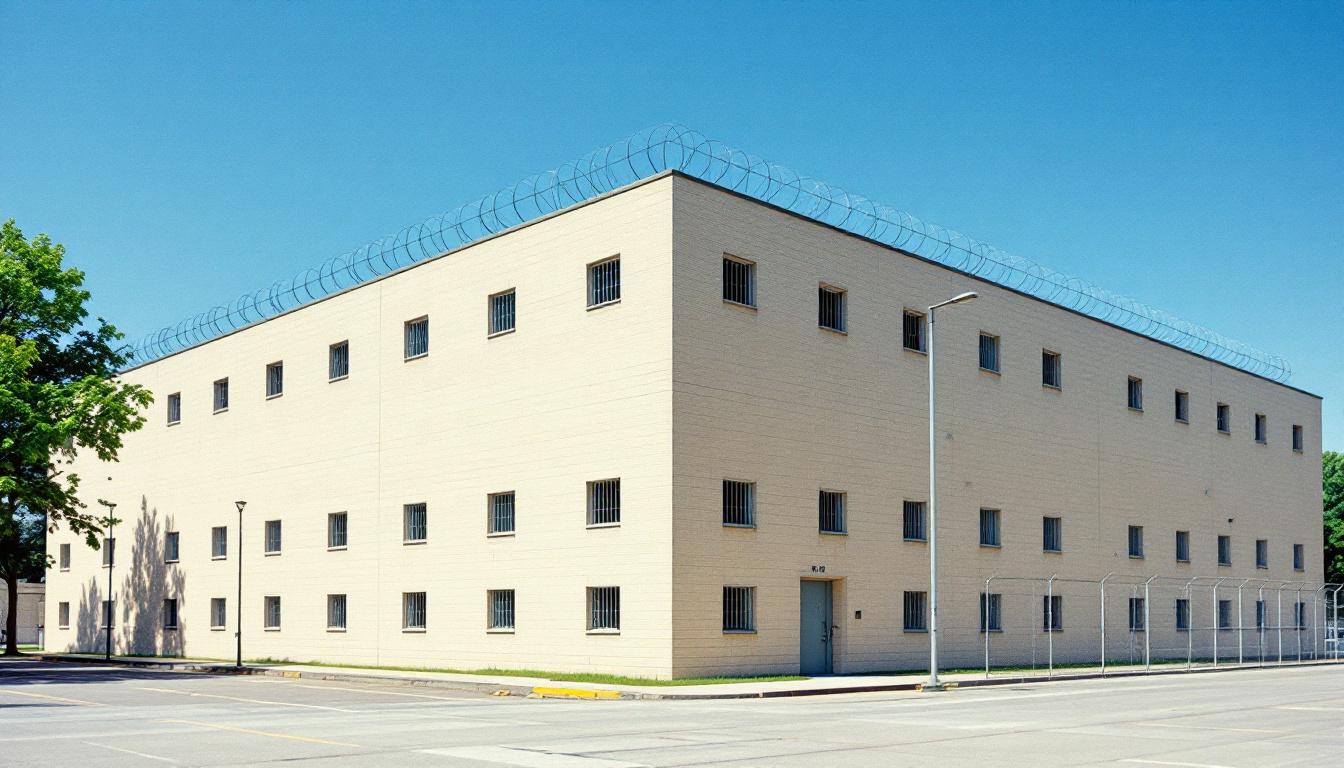
Quick Navigation
How to contact an inmate at Orange County Jail
This comprehensive guide will walk you through how to connect with an inmate at Orange County Jail. Follow the steps below to find an inmate and send letters and photos:
- Search for the inmate using our search tool below
- Create your account or log in to Penmate
- Write your message (up to 6,000 characters)
- Send instantly - inmates receive printed copies daily
Find an Inmate
Search for an inmate to start communicating today
Tip: You can search by first name, last name, or inmate ID number
To contact a person at Orange County Jail start by searching for the person on the official facility website. Perform a search by following these steps:
- Step 1: Enter their first name and last name into the search form and click "Search"
- Step 2: Locate their inmate record
- Step 3: Write down their Inmate ID and any housing information provided
Important! Be sure to enter the person's full name. Nicknames should not be used.
How to Send Messages to Inmates

You can use your phone or computer to send emails, letters, and photos to an inmate. Messages are sent electronically to inmate tablets or kiosks at the facility. If you would like to send a message, start by searching for an inmate at Orange County Jail.
Sending Photos and Postcards

A great way to send love and support to a loved one at Orange County Jail is to send photos and postcards. It only takes a few minutes to send photos from your phone and it makes a huge difference. You can also mail postcards with words of support and inspiration, or design your own postcard for special moments like birthdays and holidays.
Important! Be sure not to send any explicit photos or they may not be approved by the facility. You can also use a photo printing app like Penmate to make sure your photos are printed at the correct size (4x6 or 3x5) and are mailed according to the rules and regulations of Orange County Jail.
Frequently asked questions about Orange County Jail
-
How long does it take to deliver a message?
If you're sending an email message your letter is usually delivered within 24-48 hours. For messages sent via mail you should expect delivery within 3-7 days. All messages will need be approved by Orange County Jail.
-
How much does it cost to send a message to Orange County Jail?
You can send a message free using your phone or mail a message via USPS for the price of a $0.60 stamp and envelope. You can also purchase credits or e-stamps from services starting at $1.99.
-
What services can I use to contact an inmate at Orange County Jail?
Penmate
You can use Penmate to send letters and photos to an inmate from your phone. It's an easy way to stay in touch during your loved one's incarceration. Use the inmate locator to find an inmate's location and contact information, then you can send messages within a few minutes.
Securus messaging
Securus may be another option for communicating with an inmate at Orange County Jail. You can create a friends and family account and purchase credits to send messages. All messages will be reviewed and must be approved by the facility.
JPay
Some county jails and state prisons may support sending messages with JPay. You must register an account with the system, find your loved one, and purchase stamps to send messages. For some locations you can also attach photos.
Smart Jail Mail
You may also check if Smart Jail Mail is available at Orange County Jail. Smart Jail Mail is operated by Smart Communications and has contracted with some state and county jails. After purchasing credits, your messages and photos are sent to the facility, printed out, and then handed out to your loved one.
-
What is the mailing address of Orange County Jail?
Mailing address:
Orange County Jail
105 Border St
Orange, TX 77630
Phone: (409) 883-0942Business hours:
- Monday: 9:30 – 11:00 AM
- 1:00 – 4:00 PM
- Tuesday: 9:30 – 11:00 AM
- 1:00 – 4:00 PM
- Wednesday: 9:30 – 11:00 AM
- 1:00 – 4:00 PM
- Thursday: 9:30 – 11:00 AM
- 1:00 – 4:00 PM
- Friday: 9:30 – 11:00 AM
- 1:00 – 4:00 PM
- Saturday: 8:00 – 11:30 AM
- Sunday: Closed
-
What are the visiting hours at Orange County Jail?
Visiting hours at Orange County Jail vary by housing unit and security level. Generally, visits are scheduled on weekends and holidays, with some facilities offering weekday visits. Contact the facility directly at (409) 883-0942 or check their website for the current visiting schedule. Visits typically last 30-60 minutes and must be scheduled in advance.
-
What items are prohibited when sending mail to Orange County Jail?
Prohibited items typically include: cash, personal checks, stamps, stickers, glitter, glue, tape, staples, paperclips, polaroid photos, musical or blank greeting cards, hardcover books, magazines with staples, and any items containing metal or electronics. Only send letters on plain white paper with blue or black ink. Photos must be printed on regular photo paper (no Polaroids). Always check with Orange County Jail for their specific mail policies.
-
How do I send money to an inmate at Orange County Jail?
You can send money to an inmate at Orange County Jail through several methods: 1) Online using JPay, Access Corrections, or the facility's approved vendor, 2) Money orders mailed directly to the facility with the inmate's name and ID number, 3) Kiosks located in the facility lobby, or 4) Over the phone using a credit or debit card. Fees vary by method, typically ranging from $2.95 to $11.95 per transaction.
-
Can I schedule a video visit with an inmate at Orange County Jail?
Many facilities now offer video visitation as an alternative to in-person visits. At Orange County Jail, video visits may be available through services like Penmate, Securus Video Connect, GTL, or ICSolutions. Video visits typically cost $10-20 for 20-30 minutes and must be scheduled in advance. You'll need a computer or smartphone with a camera and reliable internet connection. Contact the facility for their specific video visitation policies and approved vendors.
-
What identification do I need to visit an inmate at Orange County Jail?
All visitors must present valid government-issued photo identification such as a driver's license, state ID, passport, or military ID. Minors must be accompanied by a parent or legal guardian who can provide the minor's birth certificate. Some facilities require visitors to be on the inmate's approved visitation list, which may require a background check. Contact Orange County Jail for specific ID requirements and visitor approval procedures.
-
How can I find out an inmate's release date?
To find an inmate's release date at Orange County Jail, you can: 1) Use the online inmate search tool if available, 2) Call the facility's records department, 3) Contact the inmate's case manager or counselor, or 4) Have the inmate provide this information during a call or visit. For privacy reasons, some facilities only release this information to immediate family members.
Facility Overview
Official Website
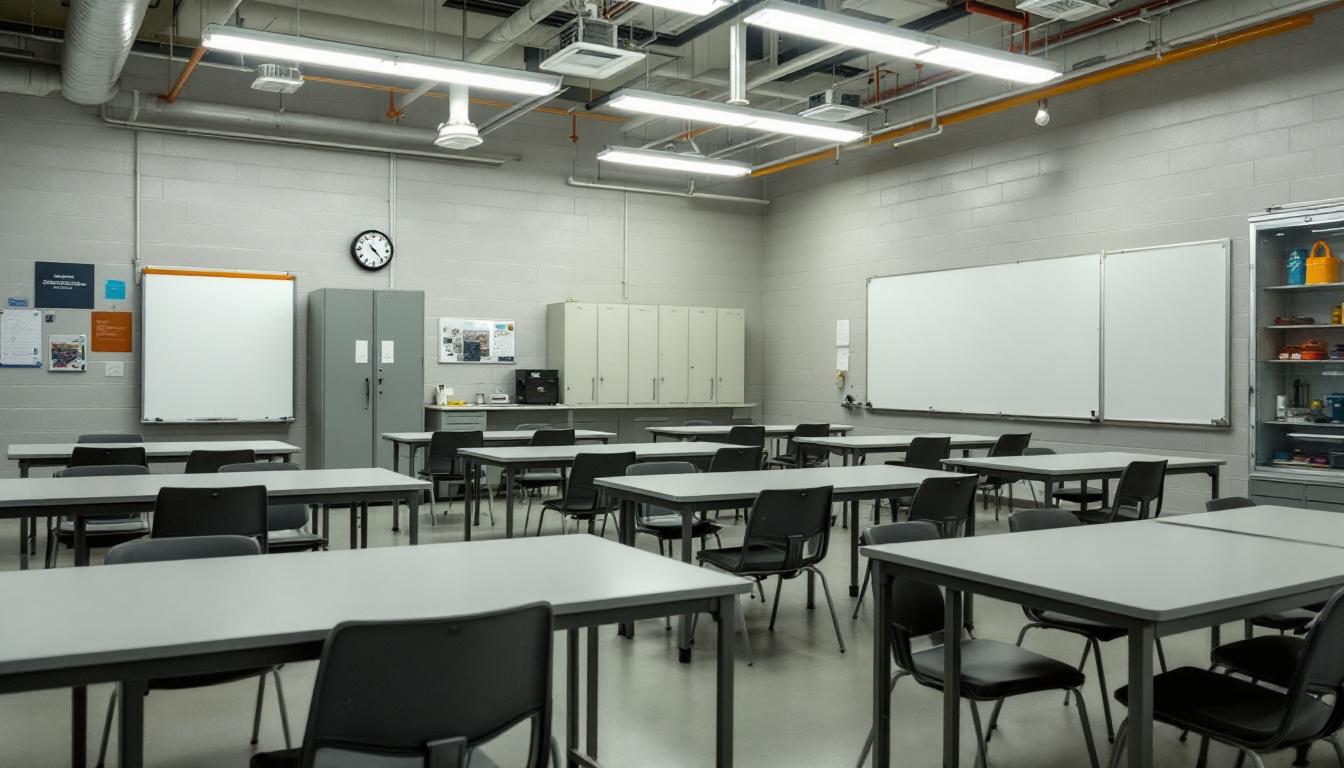
About Orange County Jail
Maintaining public safety while fostering pathways toward successful community reintegration defines the core mission of Orange County Jail, strategically positioned within the East Texas community of Orange. This TX correctional facility operates as an integral component of the regional justice system, serving both immediate detention needs and longer-term rehabilitation objectives that benefit the broader southeastern Texas area.
The facility’s collaborative approach emphasizes coordination between correctional staff, community organizations, and support networks to create structured environments that address the complex needs of those incarcerated services extend beyond basic detention. Programming typically encompasses educational opportunities, substance abuse counseling, and vocational training designed to equip individuals with practical skills for successful reentry. Mental health services and medical care generally form additional pillars of the comprehensive support system, recognizing that addressing underlying issues often proves essential for reducing recidivism and promoting positive outcomes.
Orange County Jail’s commitment to security and rehabilitation reflects broader trends within Texas’s correctional framework, where county facilities increasingly balance public safety requirements with evidence-based practices that support individual transformation. The facility’s location within Orange provides access to regional resources and partnerships that may enhance programming effectiveness, while maintaining the secure, structured environment necessary for both staff safety and meaningful intervention work. Through this dual focus, the county jail serves as both a detention facility and a potential catalyst for positive change within the East Texas correctional landscape.
Programs & Services
Personal growth and skill development form the foundation of meaningful change for those incarcerated at Orange County Jail in Texas. The facility typically emphasizes creating structured environments where individuals can build practical abilities and address underlying challenges that may have contributed to their circumstances. These offerings often focus on preparing participants for successful community reintegration while maintaining the security and safety standards essential to correctional operations.
Educational and vocational opportunities may furnish those incarcerated with marketable skills for future employment. Vocational training programs often include instruction in trades and technical skills that align with local job market demands. These structured learning environments typically provide hands-on experience and certification preparation, helping participants develop both practical abilities and work-related discipline that can serve them well upon release.
In addition to these skill-building offerings, the facility often includes therapeutic and support services designed to address personal challenges. Individual counseling may furnish participants with tools for managing stress, developing coping strategies, and working through personal issues. Work programs typically provide structure and responsibility while allowing those incarcerated to contribute to facility operations. Faith-based initiatives often offer spiritual guidance and community support, while veteran services may furnish specialized assistance for those who have served in the military, recognizing their comprehensive experiences and needs.
Daily Life & Visitation

Maintaining connections with family and community members forms a cornerstone of the experience for those incarcerated at Orange County Jail. The facility currently operates on a structured daily schedule that continues to emphasize routine and accountability. Those incarcerated typically begin their day with early morning counts and meal service, followed by various programming opportunities and work assignments that furnish both structure and purpose to their time.
Living accommodations generally consist of shared housing units where those incarcerated may develop supportive relationships with their peers. The facility typically provides three meals daily in designated dining areas, creating opportunities for social interaction and community building. In addition to this, recreational activities and exercise periods offer additional chances for those incarcerated to maintain physical wellness while fostering connections with others in similar circumstances.
Programming schedules usually include educational opportunities, vocational training, and counseling services that help those incarcerated prepare for their eventual return to the community. Despite this structured environment, the facility generally maintains policies that allow for regular family visitation and telephone communication, enabling those incarcerated to preserve vital relationships with loved ones. Work assignments within the facility often include kitchen duties, maintenance tasks, and clerical work, providing those incarcerated with opportunities to develop skills while contributing to the facility’s daily operations.
Ready to Connect?
Start communicating with your loved one today
Search for an Inmate
